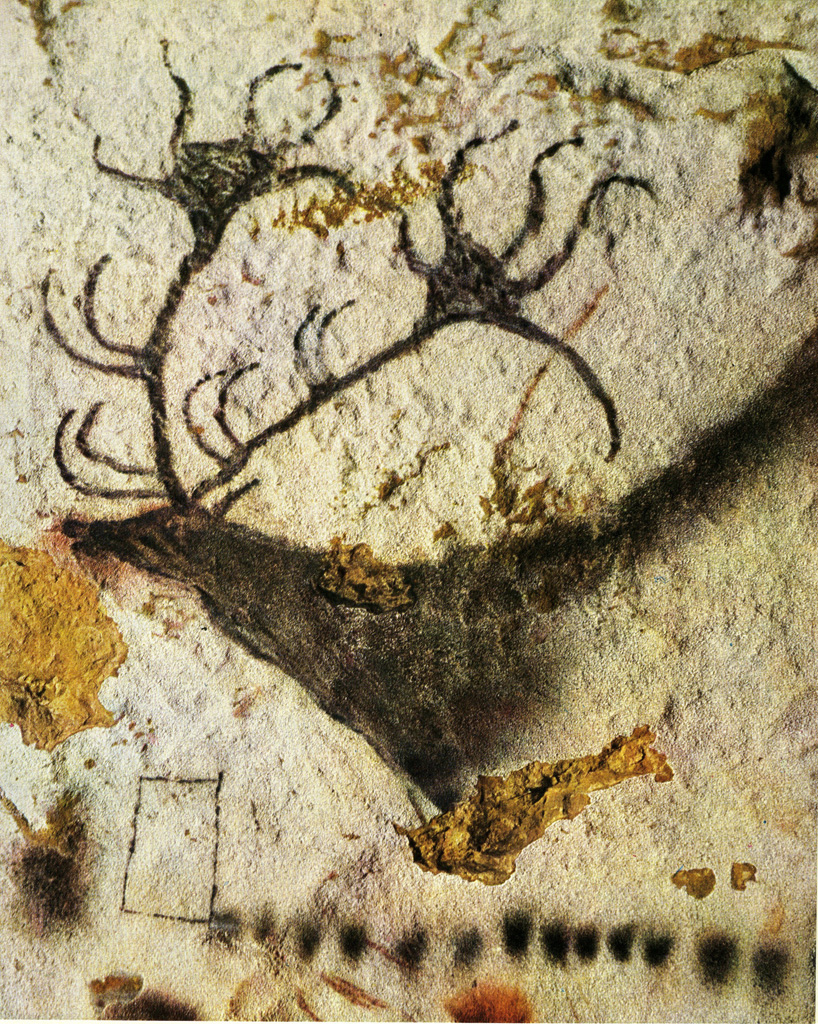Art for art's sake
Prior to discovering the painted caves, archeologists in Europe had
frequently been digging up portable art from Paleolithic shelters. The
objects were usually small carved bone or ivory. Primitive man had no
religion, it was thought, and could not conceive of God. The artifacts
were mere decoration (Bahn 149). Humans have an inherent trait for appreciation
of beauty. Paleolithic people must have hunted abundant animals with
relative ease to have time left over to carve designs into their spear
throwers (Bahn-Fagan 597) (Lewis-Williams 42). The decorated objects
themselves had no deep or symbolic meaning, they were "art for
art's sake."
With the discovery of the first painted caves, however, the idea that
Paleolithic art had no meaning other than aesthetic was no longer sufficient.
Altamira, the first cave discovered, was so surprising in its execution
that the archeological establishment thought for 20 years it was a hoax.
With further discoveries it became clear, as Bahn says, this was not
idle doodling: "the restricted range of species depicted, their
frequent inaccessibility and their association in caves, the palimpsets
(paintings on top of other paintings) and undecorated objects or panels,
the enigmatic signs, the many figures which are purposely incomplete,
ambiguous or broken, and the caves which were decorated but apparently
not inhabited, all combine to suggest that there is complex meaning
behind both the subject matter and the location of Palaeolithic figures"
(Bahn 150).

Prehistoric Painting: Lascaux - or the Birth of Art, text by Georges Bataille, photos by Hans Hinz, Claudio Emmer. Albert Skira publisher, Switzerland, 1955.